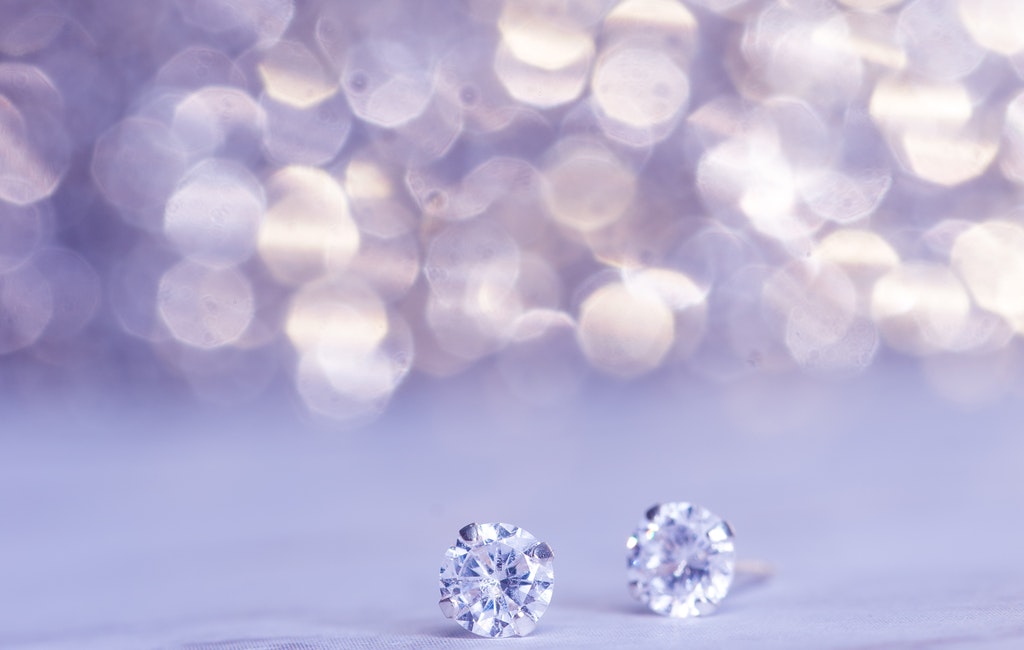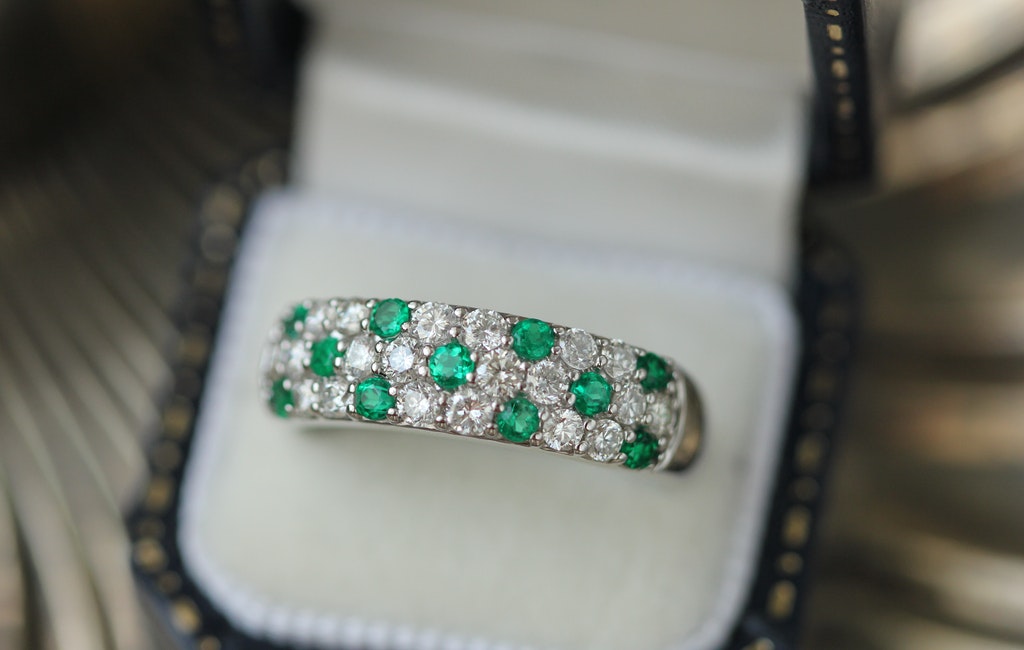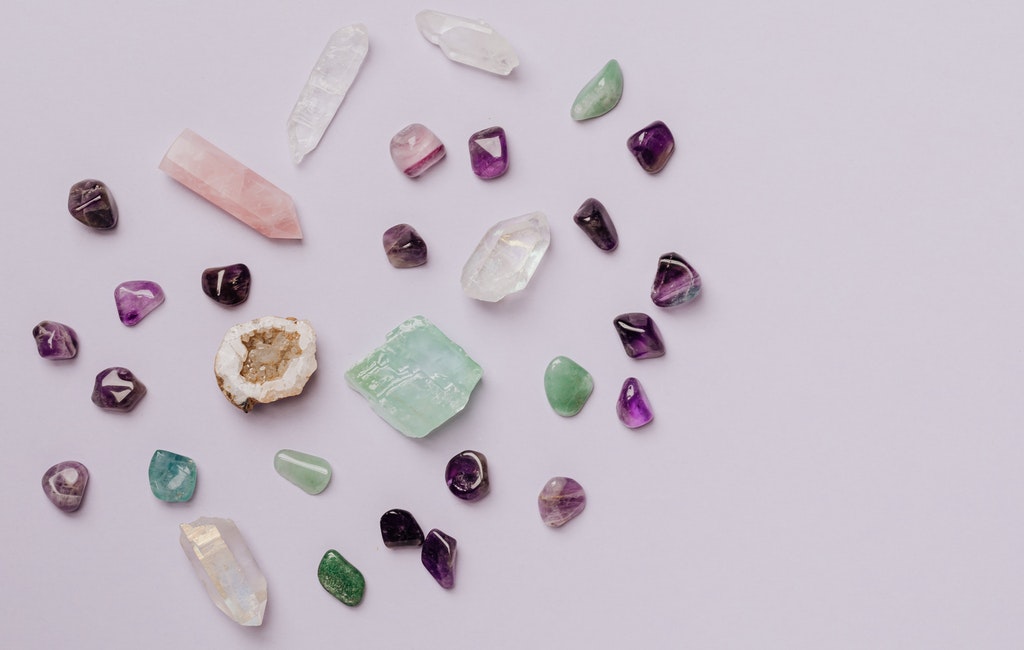Gemstones are very beautiful – and valuable – substances which are usually found buried deep beneath the earth’s surface. They are usually formed from the action of the earth’s natural forces (e.g. heat and pressure) on underground deposits of minerals such as beryl and pure carbon.
There are many different types of gemstones, which include; citrine, kyanite, peridot, alexandrite, lapis lazuli, carnelian, topaz, turquoise, jade, ruby, sapphire, garnet, diamond and so many others. All the gemstones in the world can be divided into two major categories; precious and semi-precious stones.
WHAT ARE THE KINDS OF GEMSTONES AVAILABLE IN THE WORLD?
There are different kinds of gemstones in the world, and each one is sort of unique in its own right; although, there may sometimes be similarities between one type of gemstone and another (e.g. diamonds and white topaz bear striking similarities in some cases, however, they are not the same; solely because they are formed from very different mineral deposits, and they do not have the same physical and chemical properties).
All the different kinds of gemstones in the world can be grouped into two major categories, which are:

- Precious gemstones
Precious gemstones are the kind of gemstones that are very valuable and highly prized for their superior quality (i.e. their outstanding physical and chemical properties, as well as their clarity, cut, weight which is usually measured in carats, and color, which is one of the distinctive features that sets them apart from other gemstones). Examples of precious stones are; diamonds, rubies, sapphires and emeralds; and they are usually among the rarest and most desirable gemstones in the world.
The rarity of a gemstone, in particular, plays a very important role in helping to determine whether it would be classified as a precious stone or not. And the rarer a stone is, the more valuable it usually is, in terms of commercial worth or value. This is because the rarity of a stone tends to drive up its demand and vice versa (i.e. when a stone is very common and easily attainable, its value tends to drop. This is what happened in the instance of amethyst, which used to be a precious stone until large deposits of it were discovered in Brazil).
- Semi-precious gemstones
Semi-precious stones, however, are gemstones that do not fall under the category of precious stones; they are usually not as rare or as highly desirable, globally, as precious stones.
Semi-precious stones are stones that are not as highly in demand as precious stones, although they are also widely used in the jewelry making and ornamental- making industry. One thing that generally sets them apart, though, is their wide industrial usage and application.
Examples of semi-precious stones include; citrine, lapis lazuli, garnet, quartz, rose quartz, peridot, jade, agate, carnelian, topaz, celestite, alexandrite, turquoise, spinel, sardonyx, onyx, opal, pearl, tiger’s eye and many others.
Of all the gemstones in the world, both precious and semi-precious, diamonds are the most popular.

WHAT ARE DIAMONDS?
Diamonds are generally said to be the hardest known natural substance on earth. They are formed when deposits of pure carbon, which are buried deep beneath the earth’s crust, are subjected to extreme natural forces of heat and pressure. These extreme natural forces work on the atoms of the pure carbon deposits and rearrange them into a rigid crystal lattice that is very difficult for other compounds or materials to infiltrate. However, on the occasions where other compounds do manage to get into a diamonds crystal lattice, especially while the diamond is still been formed, it usually results in the formation of inclusions and other flaws within the diamond (which is why a lot of the diamonds which are mined around the world are usually not of very high quality or gem-quality; these kinds of diamonds are known as industrial grade diamonds). Other results of lattice infiltration may include the formation of colors in a diamond. For example, the presence of nitrogen usually causes the formation of yellow diamonds; boron usually results in the formation of blue diamonds; the combination of boron and hydrogen usually leads to the formation of purple diamonds, and so on.
WHAT ARE THE TYPES OF DIAMONDS?
There are different types of diamonds, based on different factors, which may include; color (i.e. colored and colorless diamonds), quality (i.e. gem-quality diamonds – which are nearly perfect and contain very little to no flaws – and industrial grade diamonds, which are usually other kinds of diamonds, which generally contain flows) and so many other factors that include the diamonds origins.
In terms of origin, a diamond can either be natural or synthetic (i.e. lab-grown). Natural diamonds are the types of diamonds that occur naturally beneath the earth’s crust, having been formed by natural carbon deposits and natural forces of extreme heat and pressure. Whereas, lab-grown diamonds are typically formed in laboratories, when pure carbon samples are exposed to artificial sources of heat and pressure.
WHAT IS THE NAME OF THE LARGEST ROUGH DIAMOD EVER FOUND?
Of all the diamonds that have been mined in the world since the act of diamond mining – as well as its results – became documented, some actually stand out because of their remarkable size. One of such remarkable diamonds is known as the Cullinan Diamond, and it is the largest rough diamond of gem quality, ever to be mined (as far as we know).
Upon mining, the Cullinan Diamond weighed about 3,106.75 carat (which translates to approximately 1.37 pounds or 621.35 g). This stone was mined on the 26th of January in 1905, in South Africa, where it was discovered within the Premier No.2 mine in Cullinan (however, it is said to have been formed approximately 1.18 billion years ago).
A few years after its discovery, it was presented to the Edward VII, who was king of the United Kingdom at the time; and he commissioned renowned diamond cutters, Joseph Asscher & Co. to cut the stone. Now, pieces cut from this illustrious diamond (i.e. the Cullinan Diamond) are now part of England’s crown jewels.

